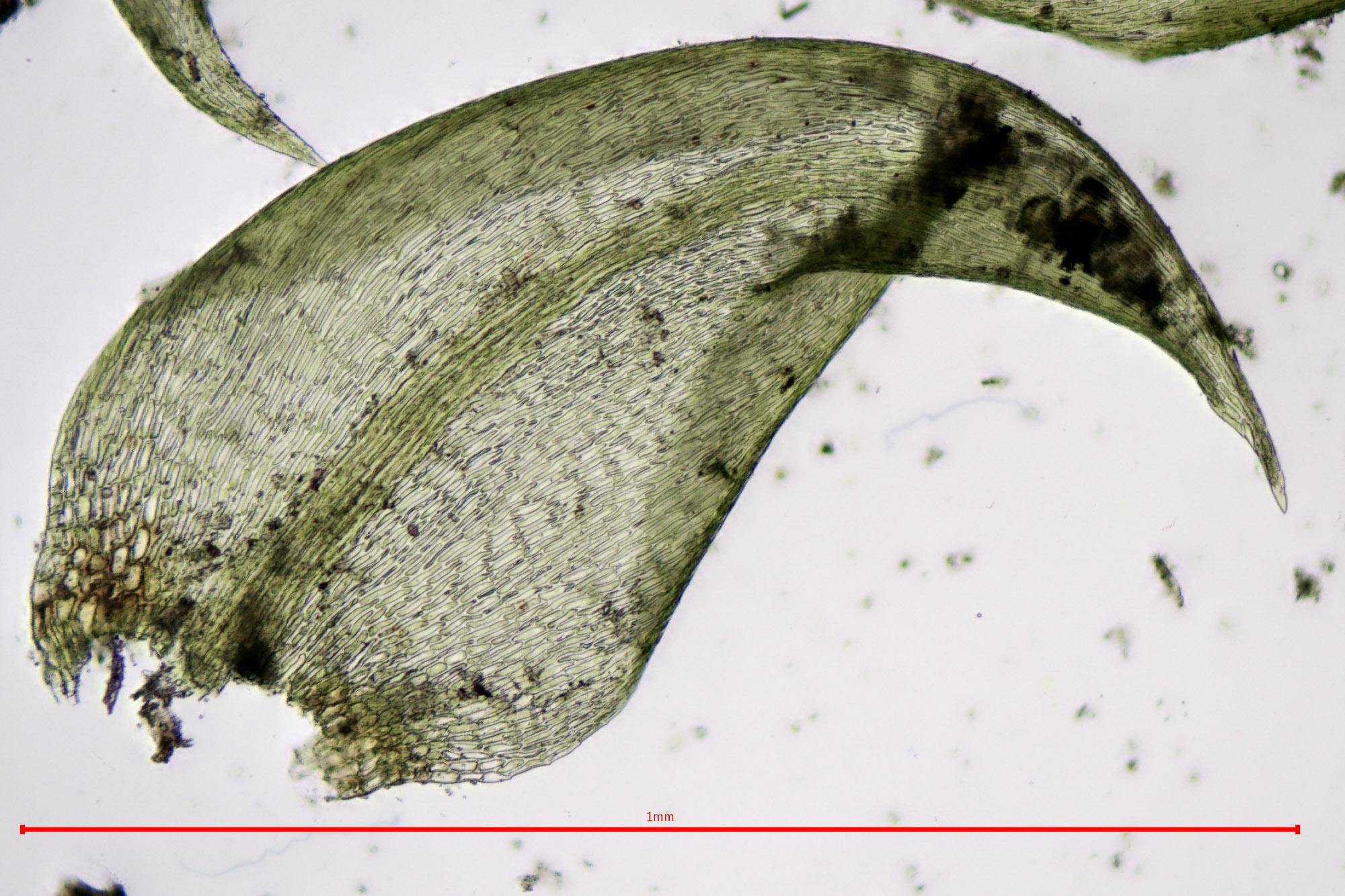
2018-10-09-17-33-26.jpg from: https://www.britishbryologicalsociety.org.uk/learning/species-finder/hygrohypnum-luridum/
Introduction
In the vast and captivating world of bryophytes, one particular moss species stands out for its unique characteristics and ecological significance – the Hygrohypnum luridum (Hedw.) Jenn.
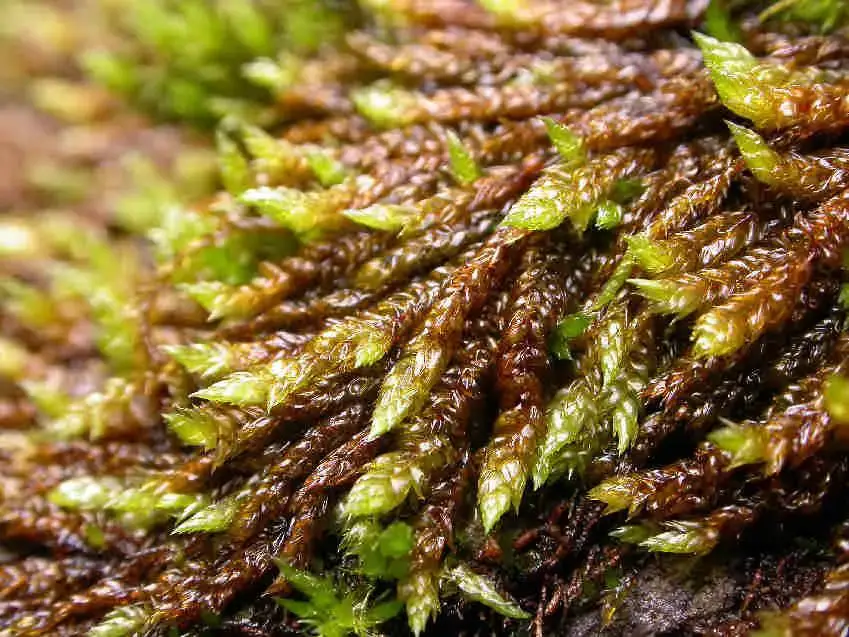
Hygrohypnum_luridum_006.JPG from: https://cisfbr.org.uk/Bryo/Cornish_Bryophytes_Hygrohypnum_luridum.html
, commonly known as Hygrohypnum. This unassuming yet fascinating member of the Amblystegiaceae family has captured the interest of moss enthusiasts and naturalists alike, offering a glimpse into the intricate tapestry of life that thrives in the most unexpected places.
Background
Before delving into the intricacies of Hygrohypnum luridum, it’s essential to understand the broader context of
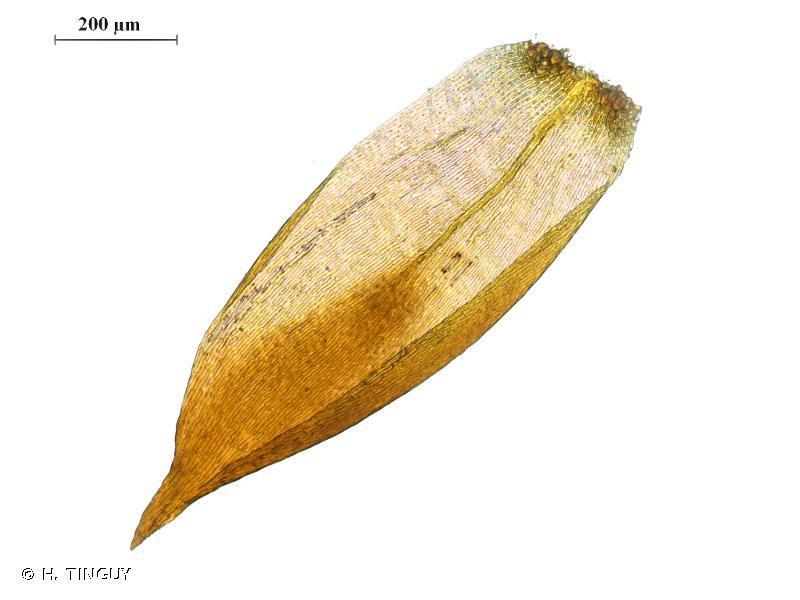
193790.jpg from: https://inpn.mnhn.fr/espece/cd_nom/5796/tab/sources
bryophytes. These remarkable plants, which include mosses, liverworts, and hornworts, are often overlooked but play a crucial role in various ecosystems. They are among the oldest land plants on Earth, with a rich evolutionary history dating back millions of years.
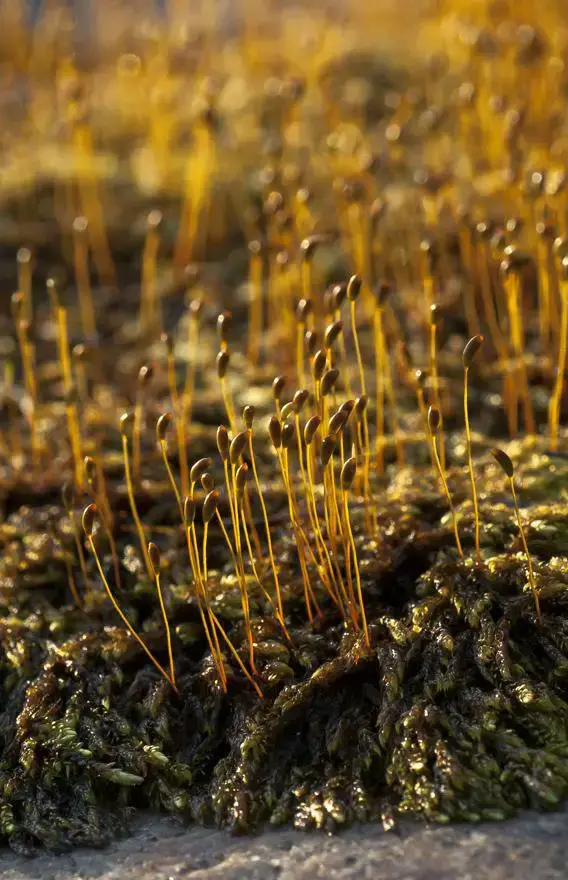
424262_9407f446.jpg from: https://www.plantarium.ru/page/image/id/424262.html
Main Content
Morphology and Identification
Hygrohypnum luridum is a pleurocarpous moss, meaning its stems grow horizontally along the substrate. Its slender, creeping stems can reach lengths of up to 10 centimeters, adorned with delicate, lance-shaped leaves that are spirally arranged. The leaves are typically yellowish-green to brownish-green in color, with a distinctive recurved or wavy appearance along the margins.
One of the most striking features of this moss is its distinctive capsule, which is curved or arcuate in shape. This unique capsule shape is a key identifying characteristic, setting Hygrohypnum luridum apart from other moss species.
Global Distribution and Habitat
Hygrohypnum luridum is widely distributed across various regions of the world, including Europe, Asia, North America, and parts of South America. It thrives in a diverse range of habitats, from moist and shaded areas in forests to the banks of streams and rivers. This moss is particularly fond of calcareous (limestone-rich) environments, where it can often be found growing on rocks, soil, or decaying wood.
Ecological Roles and Adaptations
Despite its diminutive size, Hygrohypnum luridum plays a vital role in its ecosystem. As a pioneer species, it helps stabilize and enrich the soil, creating favorable conditions for other plants to establish themselves. Additionally, its dense mats provide shelter and nesting materials for various invertebrates, contributing to the overall biodiversity of the area.
One of the remarkable adaptations of
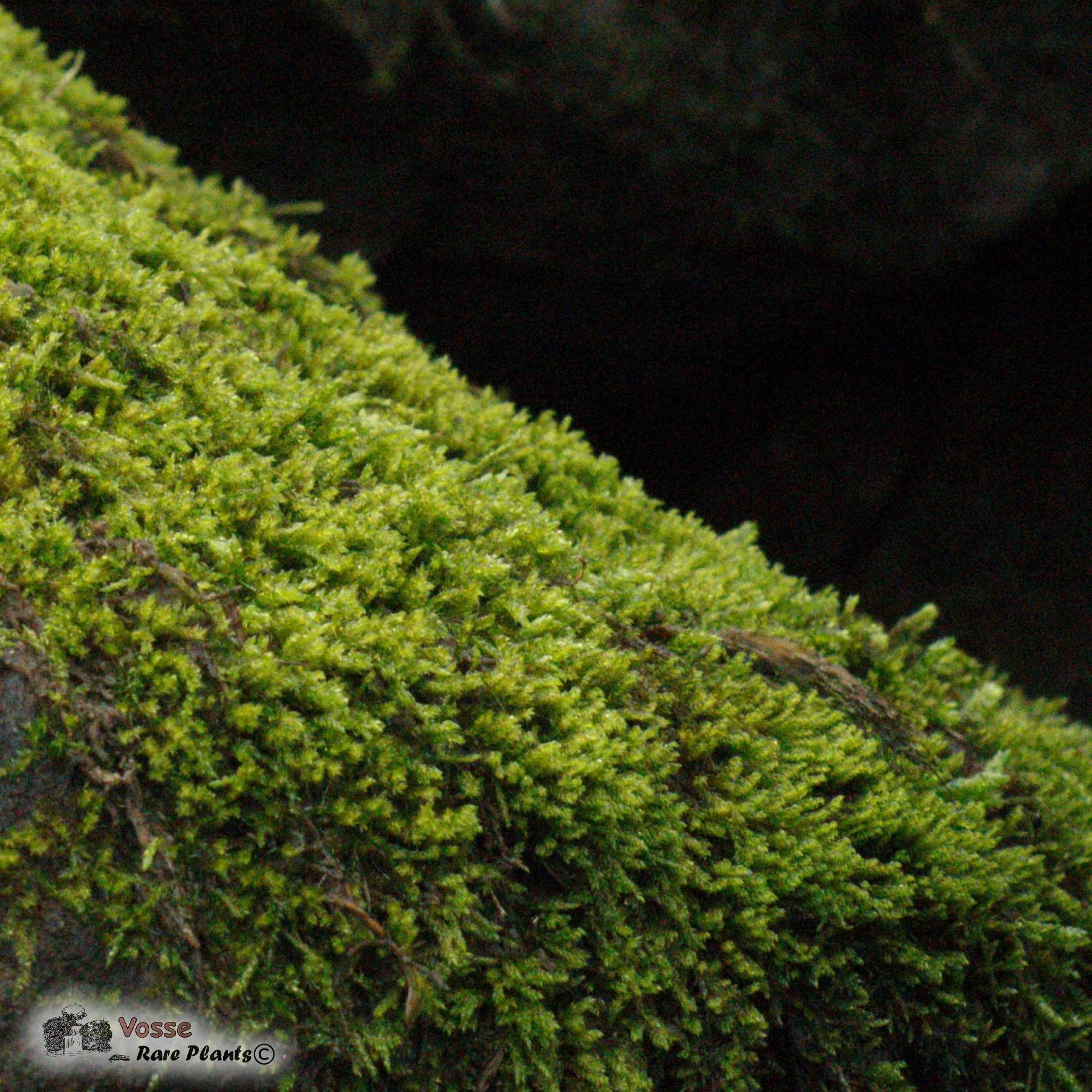
Hygrohypnum_luridum-.jpg from: https://vosserareplants.com/product/hygrohypnum-luridum/?lang=en
Hygrohypnum luridum is its ability to desiccate (dry out) during periods of drought and then rapidly
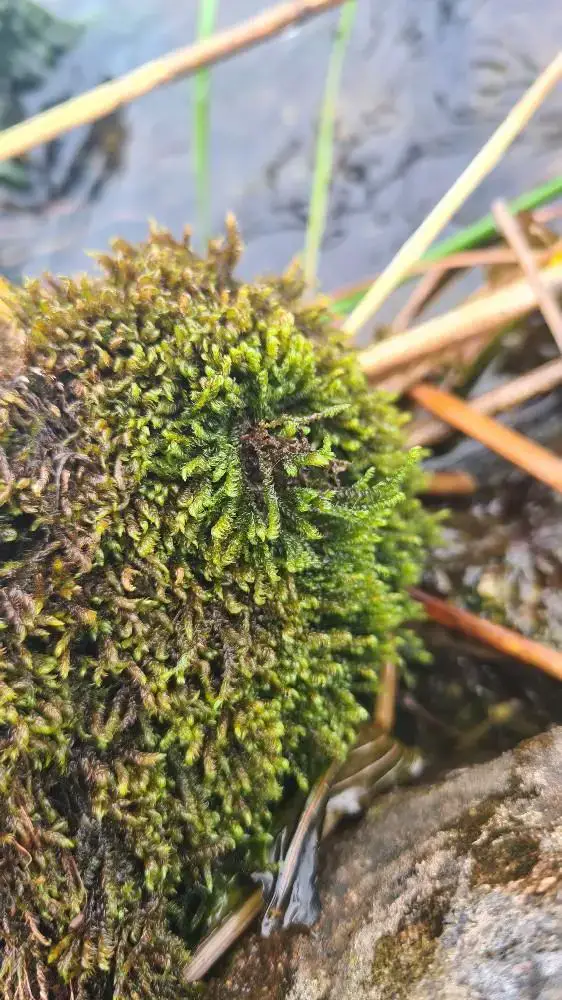
53904698.jpg from: https://waarneming.nl/waarneming/view/248398289?_popup=1
rehydrate when moisture becomes available again. This resilience allows the moss to survive in environments with fluctuating water availability, making it a true survivor in the plant kingdom.
Case Studies/Examples
In a recent study conducted in the Appalachian Mountains of North America, researchers discovered a thriving population of Hygrohypnum luridum growing on limestone outcrops. The moss played a crucial role in stabilizing the soil and providing a suitable habitat for other plant species, contributing to the overall diversity of the area.
Another noteworthy example comes from the Carpathian Mountains in Europe, where
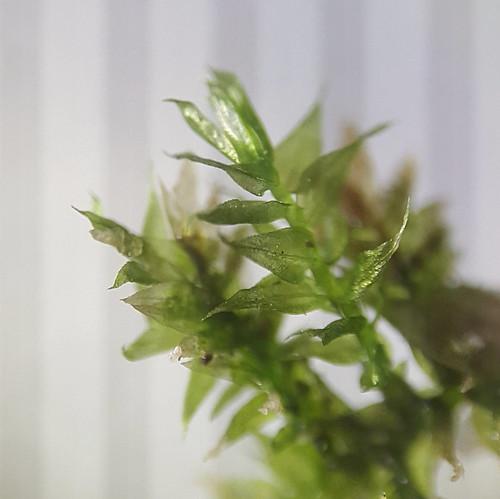
49843530877_d1feb02986.jpg from: https://www.flickr.com/photos/silybum/49843530877
Hygrohypnum luridum was found to be a key indicator species for assessing the health of stream ecosystems. Its presence or absence served as a valuable tool for monitoring water quality and environmental changes.
Technical Table
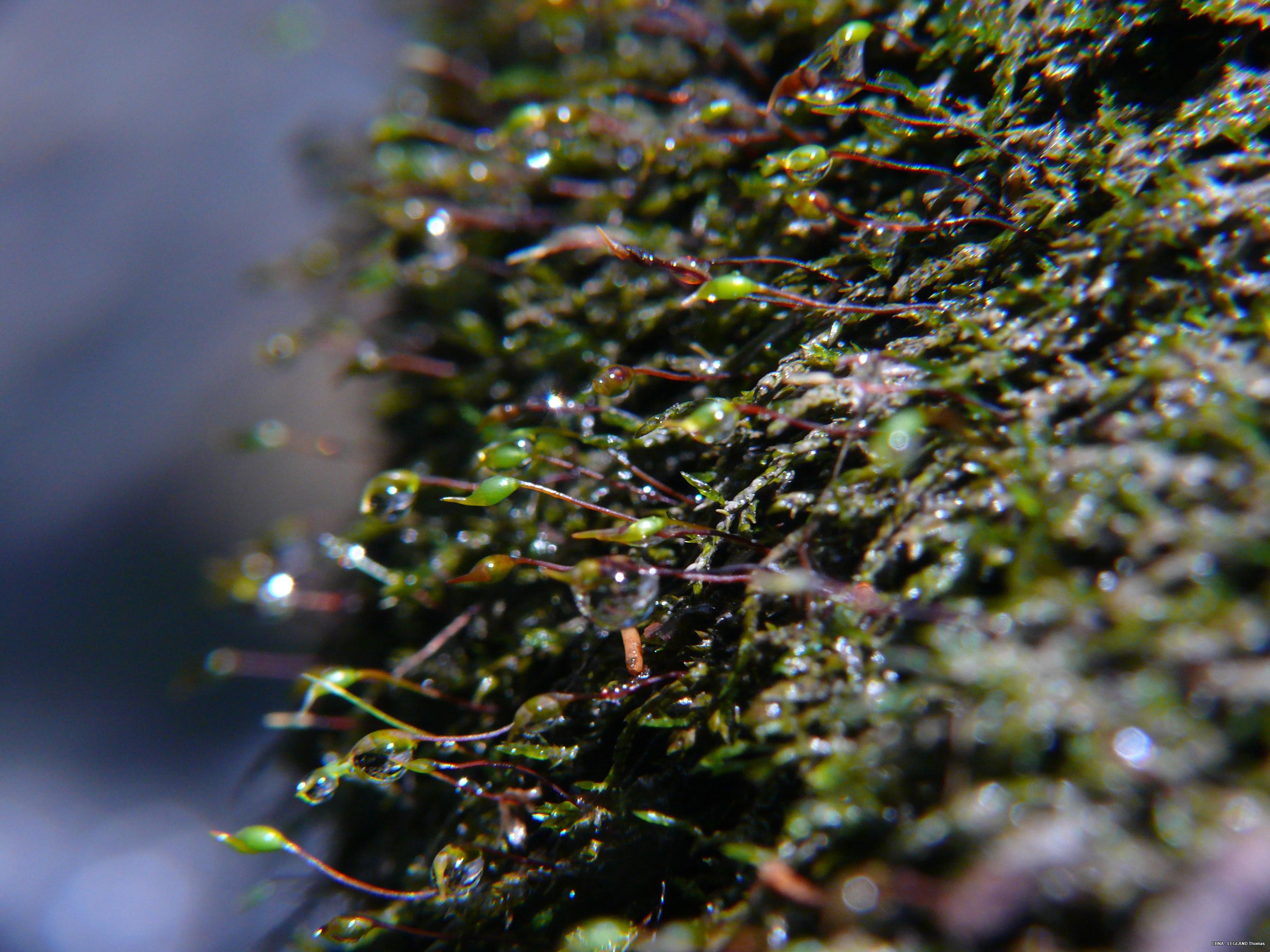
d1a364f7be4490fb1a6f3248.jpg from: https://atlas.biodiversite-auvergne-rhone-alpes.fr/espece/5796
| Characteristic | Description |
|---|---|
| Scientific Name | Hygrohypnum luridum (Hedw.) Jenn. |
Family
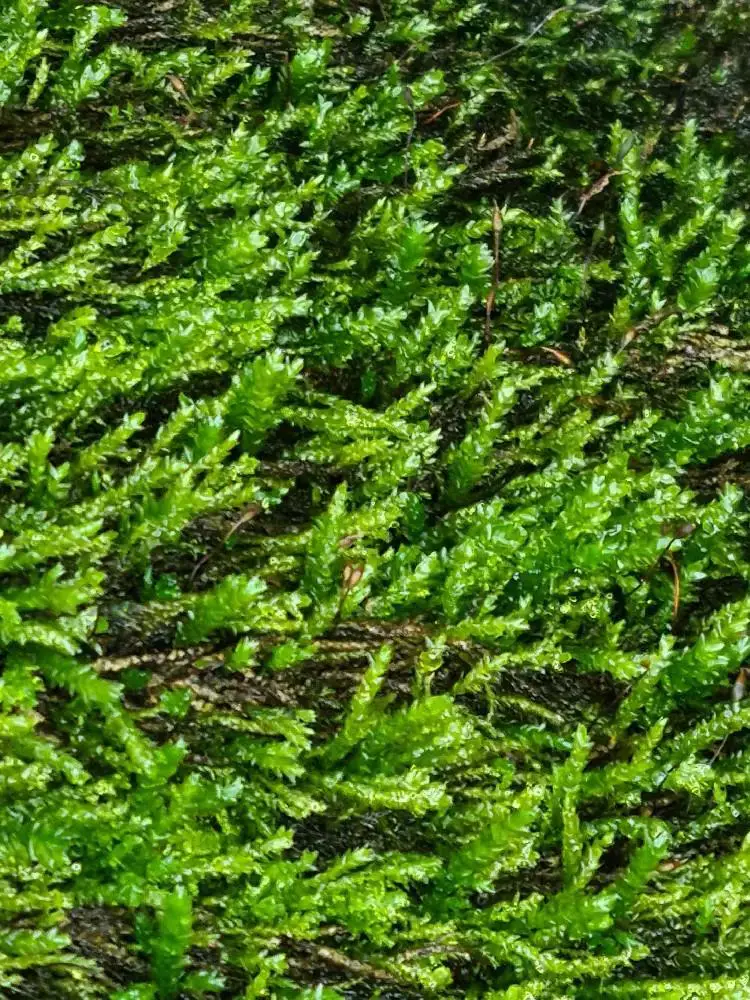 61751104.jpg from: https://waarneming.nl/waarneming/view/261180498 |
Amblystegiaceae |
| Growth Form | Pleurocarpous moss |
| Stem Length | Up to 10 cm |
| Leaf Shape | Lance-shaped, spirally arranged |
| Leaf Color | Yellowish-green to brownish-green |
| Capsule Shape | Curved or arcuate |
| Habitat | Moist, shaded areas, stream banks, calcareous environments |
| Distribution | Europe, Asia, North America, parts of South America |
Conclusion
The Hygrohypnum luridum (Hedw.) Jenn., or Hygrohypnum, is a remarkable moss species that deserves our appreciation and admiration. Its unique morphological features, adaptations, and ecological roles make it a true marvel of nature. As we continue to explore and understand the intricate world of bryophytes, we are reminded of the incredible diversity and resilience of life on our planet. Perhaps the next time you encounter a lush carpet of moss, you’ll pause and appreciate the hidden wonders that lie beneath our feet.
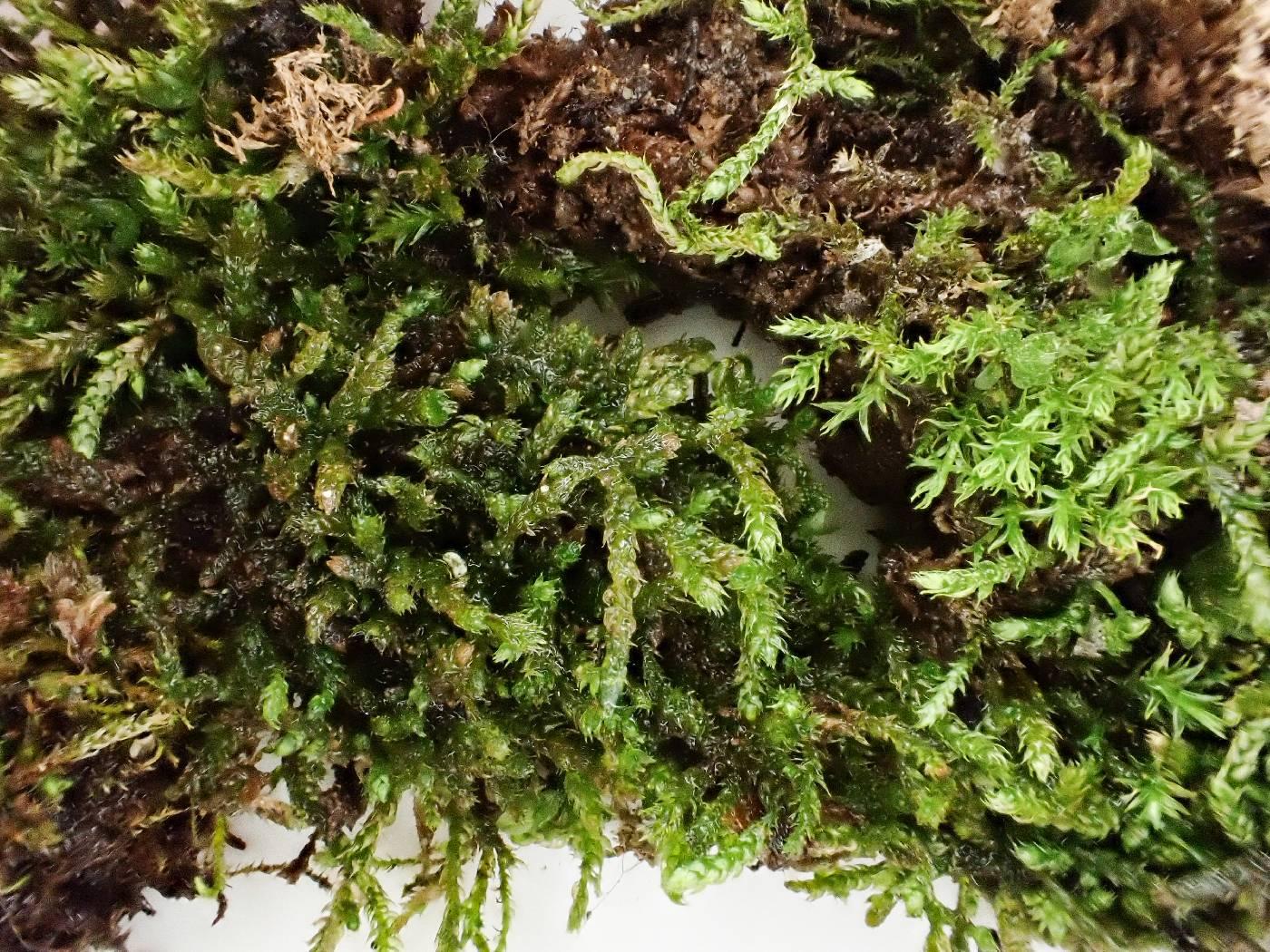
RL1539HabietWet1_1661209706.jpg from: https://bryophyteportal.org/portal/taxa/index.php?taxon=159404&clid=188
Thought-provoking question: In a world where biodiversity is under constant threat, how can we better protect and preserve the often-overlooked but vital species like Hygrohypnum luridum?